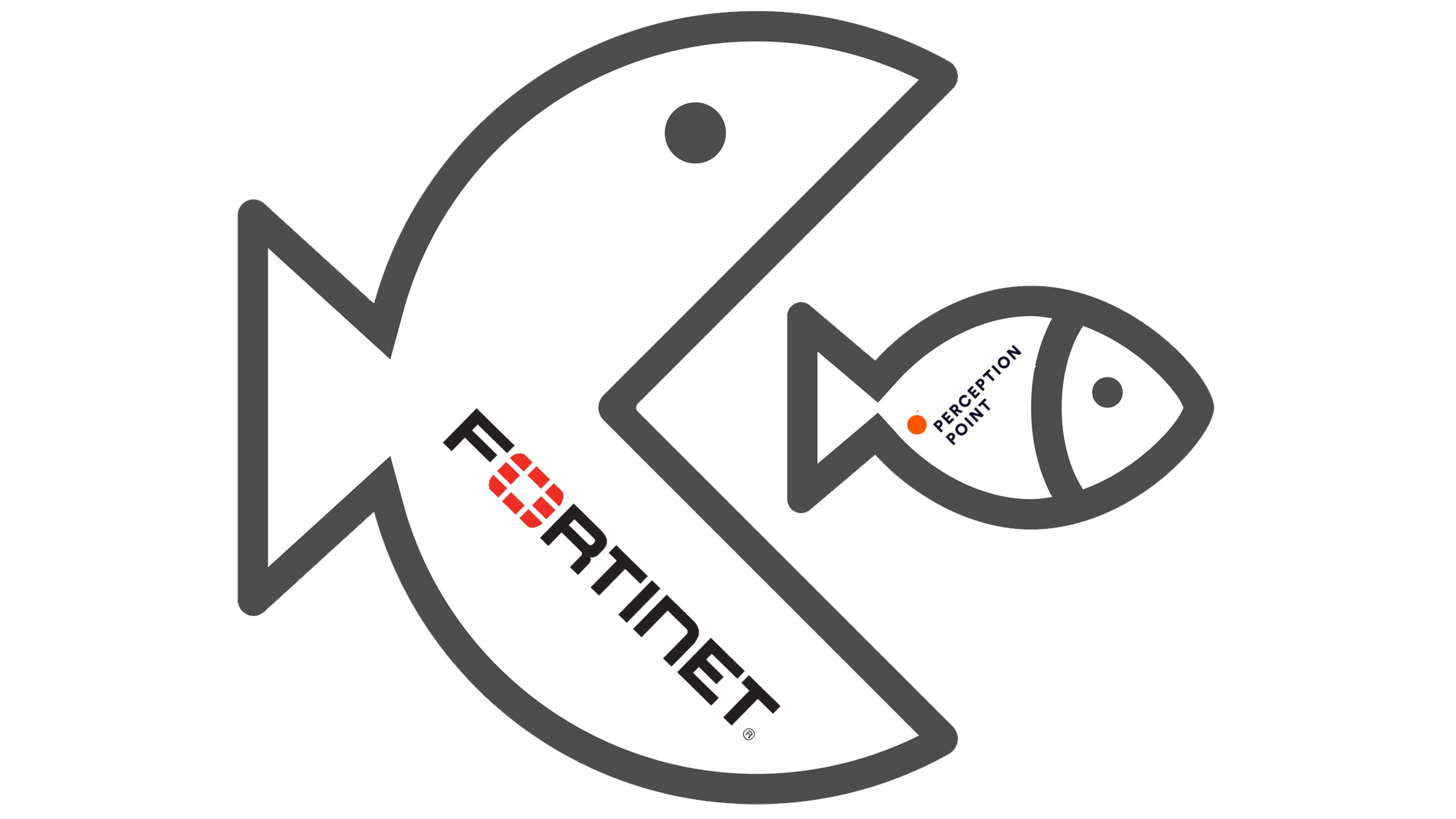Cloud computing can improve your customers’ IT efficiency, but only if the network is reliable. Find out how the cloud can affect your customers’ networks, and how you can maintain the efficiency of cloud-supporting networks.
By Elaine J. Hom
With so much talk about the cloud, and how it will affect a channel partner’s existing model, it’s time to look at what the cloud means to your customers and their networks.  While many cloud providers focus on providing cloud services, the customer’s network is just as important as the cloud itself. Without a solid network, the cloud services can’t be delivered properly. A flawed cloud strategy will also cause network problems for customers.
While many cloud providers focus on providing cloud services, the customer’s network is just as important as the cloud itself. Without a solid network, the cloud services can’t be delivered properly. A flawed cloud strategy will also cause network problems for customers.
Stephen Smoot, co-author of Private Cloud Computing, and senior vice president of technical operations at Riverbed Technology, sat down with ChannelPro-SMB’s Elaine J. Hom to discuss how networks factor into cloud computing strategies. Smoot addresses latency, bandwidth issues, and how an IT services provider can help their SMBs get their networks cloud-ready.
How does the adoption of cloud computing affect an SMB’s existing network? Smoot: The biggest risk a SMB takes in implementing a cloud from the network point of view is moving resources further away from their users. For example, a single site business has no real distance between its employees and the resources they use internally. However, were all of your customer’s IT to move into a public cloud on the other side of the country, there would be potentially large latency issues (slowing apps down), and your customer may find that they lack sufficient Internet bandwidth (also slowing apps down). These inefficiencies can scuttle a project, and must be investigated/planned for in advance. Tools like Riverbed’s Cascade can help map out dependencies to assist in this, and WAN optimization of the link to the cloud will alleviate the WAN networking aspects.
Smoot: The biggest risk a SMB takes in implementing a cloud from the network point of view is moving resources further away from their users. For example, a single site business has no real distance between its employees and the resources they use internally. However, were all of your customer’s IT to move into a public cloud on the other side of the country, there would be potentially large latency issues (slowing apps down), and your customer may find that they lack sufficient Internet bandwidth (also slowing apps down). These inefficiencies can scuttle a project, and must be investigated/planned for in advance. Tools like Riverbed’s Cascade can help map out dependencies to assist in this, and WAN optimization of the link to the cloud will alleviate the WAN networking aspects.
What are the critical network needs when it comes to cloud computing, if an SMB is using a private cloud?
Smoot: The primary network impact for a private cloud in a small business will be less [than a public cloud] – it’s unlikely they’ll place their own cloud far away, so it may just be a WAN upgrade that is needed. However, as for how to architect the cloud well, we just wrote a whole book – “Private Cloud Computing:† Consolidation, Virtualization, and Service-Oriented Infrastructure“– on the topic! There is plenty to think about.† You want to take advantage of virtualization in not only your server infrastructure but also storage and network. You have to pay careful attention to isolation, security, etc. And all while not overspending.
What if they’re using a public cloud? What would an SMB need to do to make their network cloud ready?
Smoot: The public cloud is more what I was thinking of in terms of worries about performance-killing latency. As I suggested, you need to check out your bandwidth needs because we’ve seen entire projects rendered infeasible on uncompressed bandwidth requirements alone (luckily WAN optimization made them possible again). If you’re moving just part of your infrastructure, that’s where dependency analysis is key. One customer split services across a few distributed locations, and the inter-location latency killed performance.†
There are plenty of project-specific concerns – handling authentication, like providing single sign-on (tricky especially with multiple vendors), decisions about if cloud access require a VPN to be up, user education, change management, proving out the ROI, selecting vendors, etc.†
How do the needs of remote or mobile employees affect the cloud-ready network?
Smoot: Here you have some good fortune – remote employees have lower expectations of performance, which is good because they are the most difficult ones to solve for when you have less control over the environment. On the plus side, if they no longer need a VPN, you may have simplified their lives!† But long-term you will need to think about the road warriors and factor their performance gains and increased flexibility in as well.
How can networking service providers capitalize on this opportunity?
Smoot: It certainly depends on the NSP. Leaving aside those who are providing clouds themselves – where the opportunity is kind of obvious – I think the best role for an NSP is in putting it all together.† The cloud advantages are hardest to seize for the mid market – enterprises have the staff, economies of scale, and purchasing power to succeed and the smallest of businesses will greatly lower their expected costs if they don’t need to roll out and manage their own infrastructure.† It’s in the middle where you need to be sure to get things right, and choose your way carefully.† An NSP adds value by first knowing the likely set of problems, providing guidance, and working with the SMB to pick the right solution for their particular environment.













